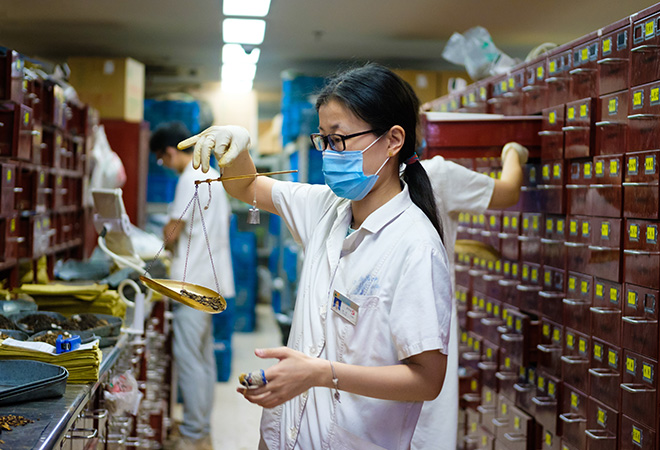
Healthcare practioner, Margarida da Costa, 62, of Curtorim has been giving traditional medicines for curing herpes for around 45 years by using the 'rozonn' plant (memecylon umbellatum).
Cabinet approves MoU between India, African nation in medicinal plants sector
New Delhi, Apr 25 : The government today gave an ex-post facto approval for an agreement signed between India and an African island nation, Sao Tome and Principe, to increase cooperation in the field of medicinal Plants.New Delhi, Apr 25 : The government today gave an ex-post facto approval for an agreement signed between India and an African island nation, Sao Tome and Principe, to increase cooperation in the field ofmedicinal Plants.
The memorandum of understanding was signed on March 14 this year, an official statement said.
The decision was taken in the Union Cabinet meeting, chaired by Prime Minister Narendra Modi here.
The MoU assumes significance as there is global increase in traditional and alternative health care systems.
It is resulting in world herbal trade which stands at USD 120 billion and is expected to reach USD 7 trillion by 2050, it said.
"Moreover, there are large number of medicinal plants, particularly those found in tropical region, which are common to the two countries given similar geo-climatic factors," it added.
India is one of the richest countries in the world in terms of biodiversity, having 15 agro-climatic zones.
Out of the 17,000-18,000 species of flowering plants, more than 7000 are estimated to have medicinal usage in folk and documented systems of medicine like Ayurveda, Unani, Siddha & Homoeopathy.
About 1178 species of medicinal plants are estimated to be in trade of which 242 species have annual consumption levels in excess of 100 metric tonnes per year.
Medicinal plants are not only a major resource base for the traditional medicine and herbal industry but also provide livelihood and health security to a large segment of Indian population. RR MR MR
